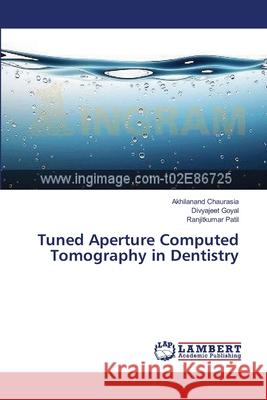Tuned Aperture Computed Tomography in Dentistry » książka
Tuned Aperture Computed Tomography in Dentistry
ISBN-13: 9783659635663 / Angielski / Miękka / 2014 / 76 str.
TACT is a newer digital technique having high precision and accuracy in diagnosis. It has many promises for application in dentistry for detection of dental caries, implant placements, for detection of bone loss in periodontal diseases, for detection of radicular fractures, for localization of impacted tooth, peri-apical lesion localization and possibly temporomandibular joint bone change. Improved detection of crown fractures and recurrent caries also appears feasible. It is a conventional interactive low cost three dimensional (3-D) tomosynthesis method in which the benefit of digitization is fully utilized . It has been shown in many controlled in-vitro studies to enhance the clinician's ability to detect and localize disease anatomically significant structures and abnormalities. This book focuses on how TACTTM promises to overcome some of current limitations of conventional dental technologies and increases the 3-D information currently available in ways that can influence significantly the diagnosis and management of dentoalveolar diseases and abnormalities.
TACT is a newer digital technique having high precision and accuracy in diagnosis. It has many promises for application in dentistry for detection of dental caries, implant placements, for detection of bone loss in periodontal diseases, for detection of radicular fractures, for localization of impacted tooth, peri-apical lesion localization and possibly temporomandibular joint bone change. Improved detection of crown fractures and recurrent caries also appears feasible. It is a conventional interactive low cost three dimensional (3-D) tomosynthesis method in which the benefit of digitization is fully utilized . It has been shown in many controlled in-vitro studies to enhance the clinicians ability to detect and localize disease anatomically significant structures and abnormalities. This book focuses on how TACTTM promises to overcome some of current limitations of conventional dental technologies and increases the 3-D information currently available in ways that can influence significantly the diagnosis and management of dentoalveolar diseases and abnormalities.











